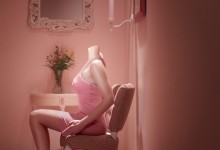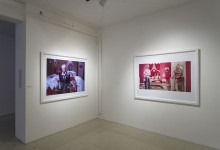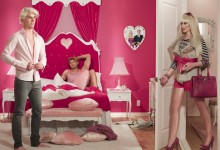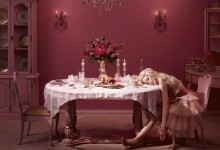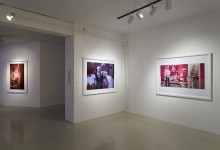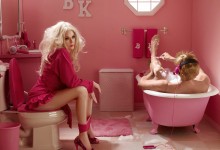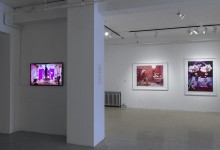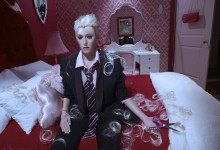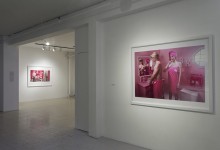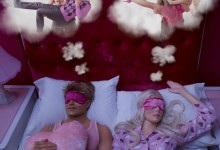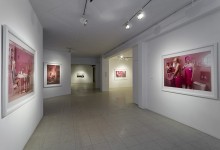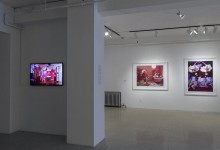Opening reception: May 4th from 3-5pm
Artist talk: May 4th at 2pm
The Transgendering of Barbie/Ken: Dina Goldstein’s (De)constructed Dollhouse
Text by Vincent Marquis
At last! The veil has been lifted on Barbie’s emotional distress and Ken’s genuine sexual interests. In her photographic series In the Dollhouse, Vancouver-based artist Dina Goldstein chronicles the unhappy marriage of the two most iconic, played-with, and, some would say, socially problematic dolls ever designed. Through her ten-part story, she peeks into the private life of the couple, dismantling the sacred aura surrounding these symbols of popular visual culture.
In the late 1980s, picking up on the claim of Simone de Beauvoir and Maurice Merleau-Ponty that the body is a historically contingent site of meaning, feminist theorist Judith Butler offered a reconceptualisation of gender as a “corporeal style,” the cultural and performative interpretation of the facticity of the body. Furthermore, Butler argued, if gender performance eventually leads to the sedimentation of the roles ascribed to biological sexes, then “performing one’s gender wrong initiates a set of punishments both obvious and indirect.”
It is with the possibility and implications of subverting “sedimented” gender behaviour that Goldstein is primarily concerned in the Dollhouse. Surprisingly (and, hilariously) enough, what we see is a transgender Ken reading The Oprah Magazine, wearing Barbie’s stilettos, and leg shaving in the bath. Devastated by the news of her husband’s gay affair, we later find Barbie shifting to a boyish appearance by cutting her iconic hair and putting on a suit and tie.
What is especially noteworthy about the proposed articulation of gender roles is precisely the use of Barbie and Ken, as they have continuously embodied the epitome of popular gender expectations throughout their fifty years of imposed partnership. Thus, just as we slowly realize that the subjects of the photographs are not really plastic toys, the Dollhouse series becomes a site where behavioural expectations flicker and traditional gender roles are reshaped in creative ways.
And yet, as we encounter Barbie’s despair, we are just as much encouraged to reflect upon the implications of “performing one’s gender wrong,” upon what we need to sacrifice in order to give way to something new. In the Dollhouse is also, more broadly, a questioning of the (anachronistic?) place of marriage as an institution in our contemporary period, as well as of the value we place on beauty and the weight that it carries “within the interior walls of our lives.”
So, as we sneak into Goldstein’s dollhouse and ponder what it communicates, it is ultimately at ourselves, our practices and behaviour, that we are being prompted to look—as is revealed, in the haircut scene, by the (our?) scrutinizing eye reflected in Barbie’s mirror…


